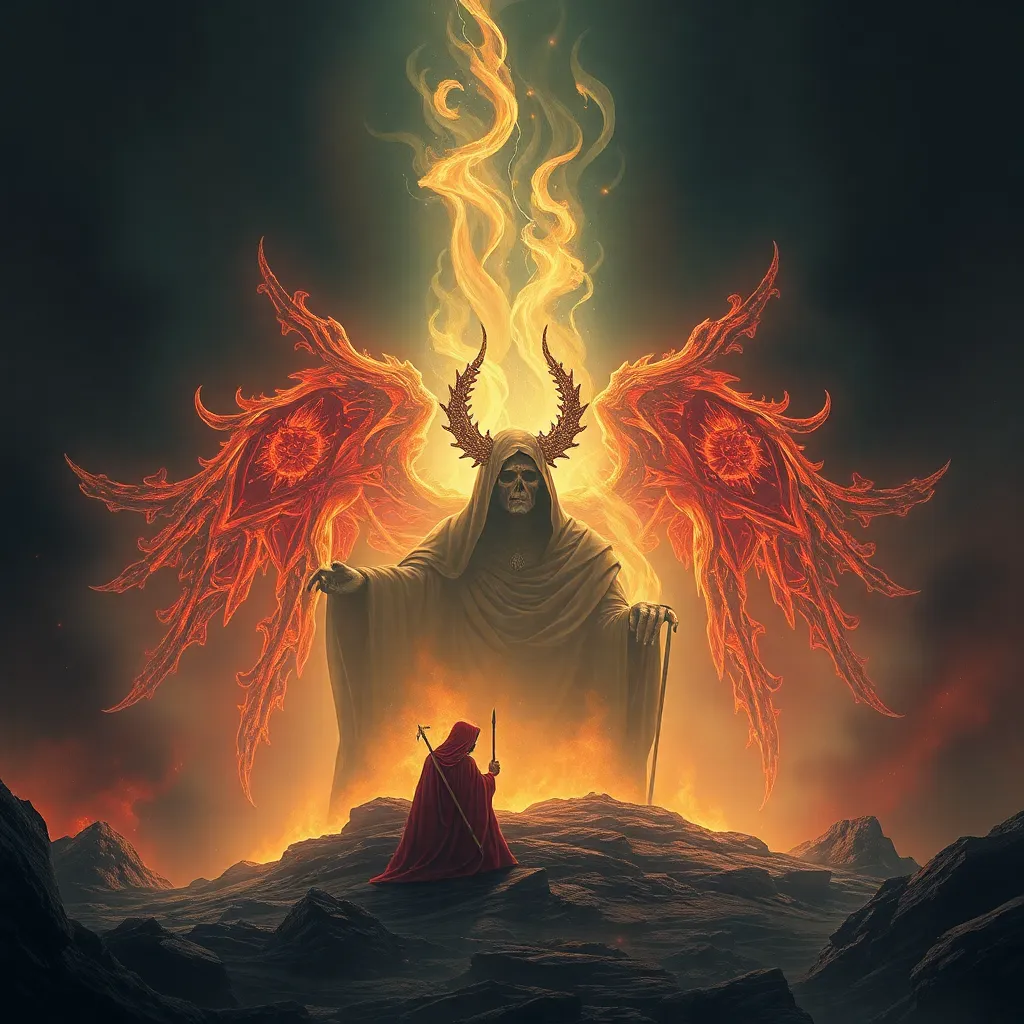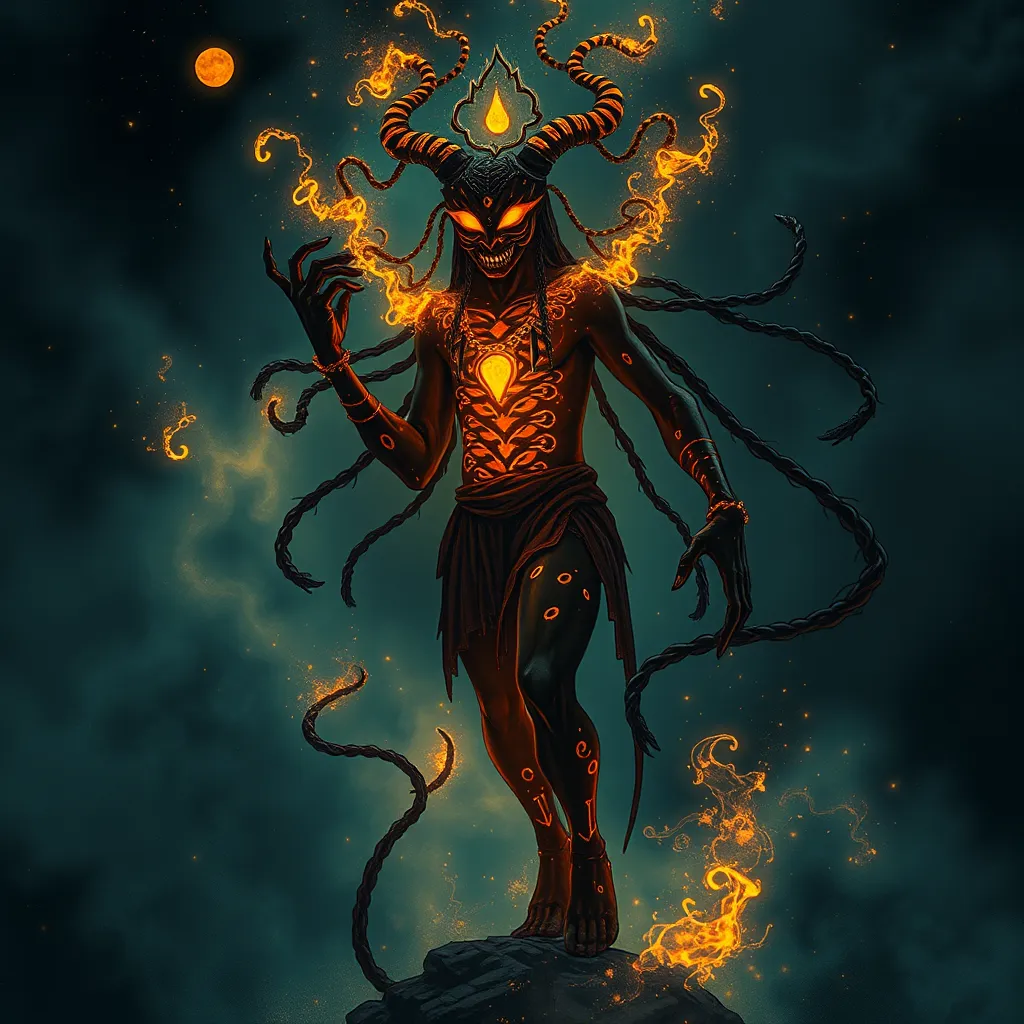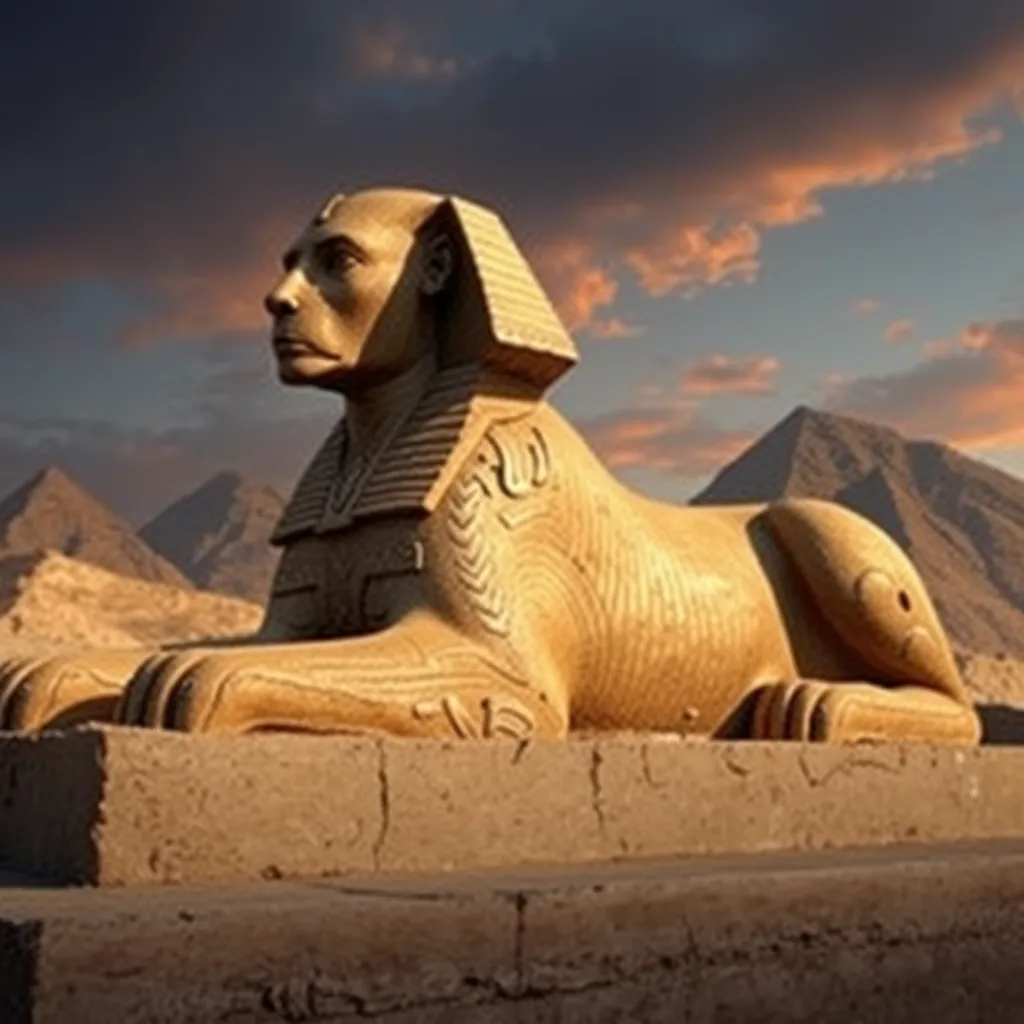The Bat God’s Flight: Examining the Metaphorical Meaning of Camazotz in Different Cultures
I. Introduction
Camazotz, often referred to as the bat god, holds a significant place in Mesoamerican mythology, particularly within the Mayan and Aztec cultures. As a figure embodying both the physical characteristics of bats and the deeper symbolic meanings associated with them, Camazotz offers a fascinating glimpse into the complexities of life, death, and transformation. This article explores the metaphorical meanings of Camazotz across various cultures, shedding light on the relevance and interpretations of this intriguing figure.
Understanding the metaphorical implications of Camazotz not only enriches our appreciation of Mesoamerican beliefs but also highlights the universal themes that resonate across cultures. The purpose of this article is to examine the origins of Camazotz in Mesoamerican mythology, his significance within Mayan and Aztec beliefs, and the broader implications of his symbolism in the context of contemporary culture.
II. The Origin of Camazotz in Mesoamerican Mythology
Camazotz’s origins can be traced back to the Popol Vuh, a foundational text of the K’iche’ Maya. In this mythological narrative, Camazotz is depicted as a formidable deity associated with darkness and the underworld. His attributes include a human body with bat-like features, emphasizing the connection between the earthly realm and the spiritual world.
As a symbol, Camazotz represents several important themes:
- Death and resurrection
- The duality of creation and destruction
- Transformation and the cyclical nature of life
Bats themselves play a crucial role in Mesoamerican culture, often viewed as messengers between the living and the dead. Their nocturnal habits and unique ecology make them figures of mystery and reverence.
III. Camazotz in Mayan Beliefs
In Mayan rituals, Camazotz is considered a powerful spiritual entity. The bat god is often invoked during ceremonies related to life, death, and rebirth, reflecting the Mayans’ deep understanding of the cycle of existence. His presence symbolizes the transition between states of being, making him a vital figure in Mayan cosmology.
Key aspects of Camazotz’s significance in Mayan beliefs include:
- His role in guiding souls through the afterlife
- The embodiment of fear and reverence towards the unknown
- Connection to agricultural fertility through the symbolism of darkness nurturing growth
This duality of fear and reverence is integral to the Mayan perception of bats, as they are seen both as harbingers of death and symbols of regeneration.
IV. Camazotz in Aztec Culture
The Aztecs also recognized the importance of Camazotz, albeit with different interpretations. In Aztec mythology, the bat is often associated with nocturnal creatures that symbolize the underworld. Camazotz is sometimes linked to Mictlantecuhtli, the god of the dead, suggesting a shared understanding of the bat’s role as a mediator between life and death.
Some symbolic associations in Aztec culture include:
- The bat as a harbinger of the underworld
- Myths where Camazotz serves as a guardian of sacred knowledge
- Connections to agricultural cycles and the natural world
The Aztec perspective adds layers to the understanding of Camazotz, enriching the narrative of bats in mythology and their significance in human experience.
V. Perspectives from Other Cultures
Exploring Camazotz within the broader context of comparative mythology reveals striking similarities with figures from other cultures. For instance, bats appear in ancient Chinese folklore, often symbolizing good fortune and happiness. In European traditions, however, they are often associated with witchcraft and darkness.
Some common themes that emerge across cultures include:
- The transformative nature of bats as creatures of the night
- Symbolism of rebirth and renewal
- Connections to the underworld and spiritual realms
These universal themes highlight the significance of bats in human mythology, showcasing their role as symbols of transformation and darkness across different cultural narratives.
VI. Modern Interpretations and Cultural Relevance
In contemporary society, there has been a resurgence of interest in Camazotz, particularly in popular media such as literature, film, and art. This renewed fascination reflects a broader cultural engagement with themes of change, adaptation, and environmental awareness.
Bats today are often seen as symbols of:
- Change and adaptation in a rapidly evolving world
- Environmental consciousness and the importance of biodiversity
- Resilience in the face of adversity
As the world grapples with significant environmental changes, the symbolism of bats is increasingly relevant, reminding us of the interconnectedness of life and the lessons that can be drawn from ancient mythologies.
VII. The Metaphorical Flight of Camazotz
The metaphorical flight of Camazotz invites an analysis of broader meanings associated with flight in mythology. Flight often symbolizes freedom, transcendence, and the ability to navigate between different realms of existence.
Key connections between Camazotz and these themes include:
- The notion of liberation from earthly constraints
- Journeys into the unknown, reflecting both fear and wonder
- Spiritual ascension and the quest for enlightenment
In modern spiritual practices, Camazotz’s symbolism has evolved, often representing the quest for inner transformation and the courage to confront one’s fears.
VIII. Conclusion
In summary, Camazotz’s significance spans multiple cultures, embodying complex themes of life, death, and transformation. The ongoing relevance of mythological symbols like Camazotz serves to deepen our understanding of the human experience and the universal narratives that shape our lives.
As we reflect on the metaphorical flight of Camazotz, we recognize the implications for cultural identity and mythology. Through exploration of these ancient symbols, we find enduring connections that continue to resonate in our contemporary world.



